Effective Waterproofing Solutions
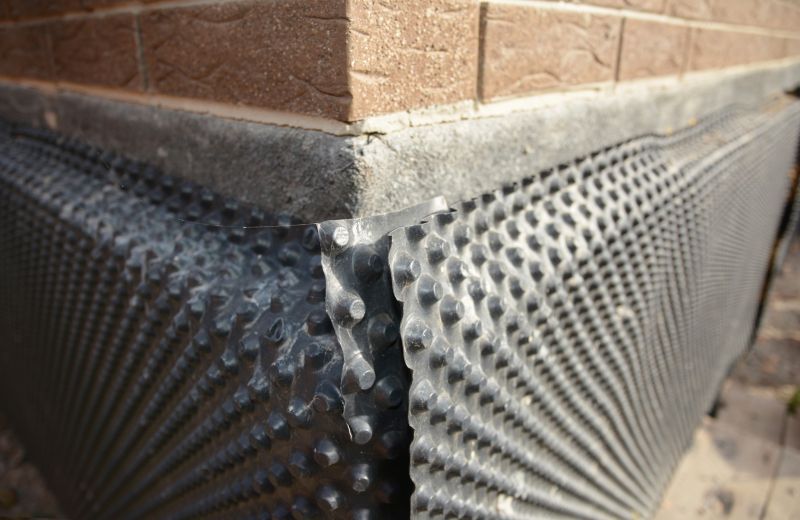
Spring offers moderate temperatures and dry conditions ideal for waterproofing applications.
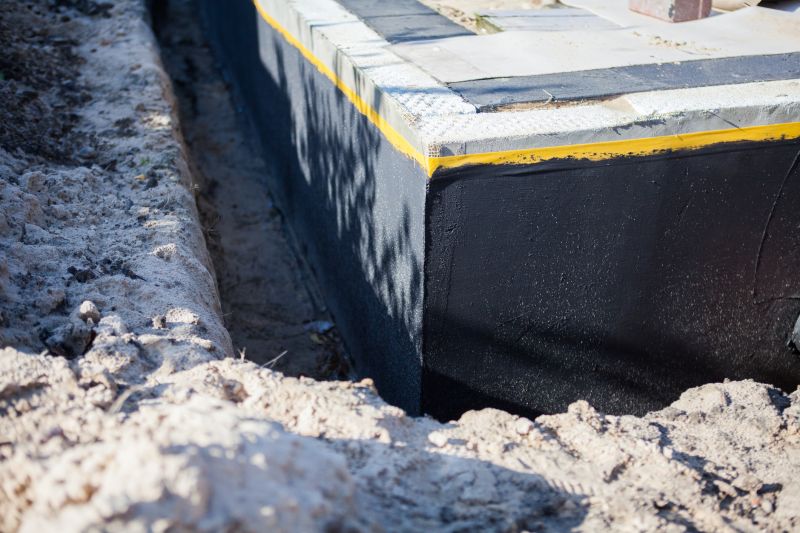
Summer provides longer daylight hours, but high humidity can affect curing times of waterproofing materials.
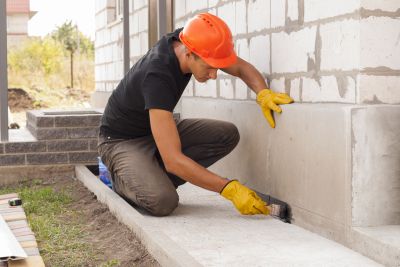
Fall's cooler temperatures and lower humidity levels make it a suitable time for waterproofing projects.
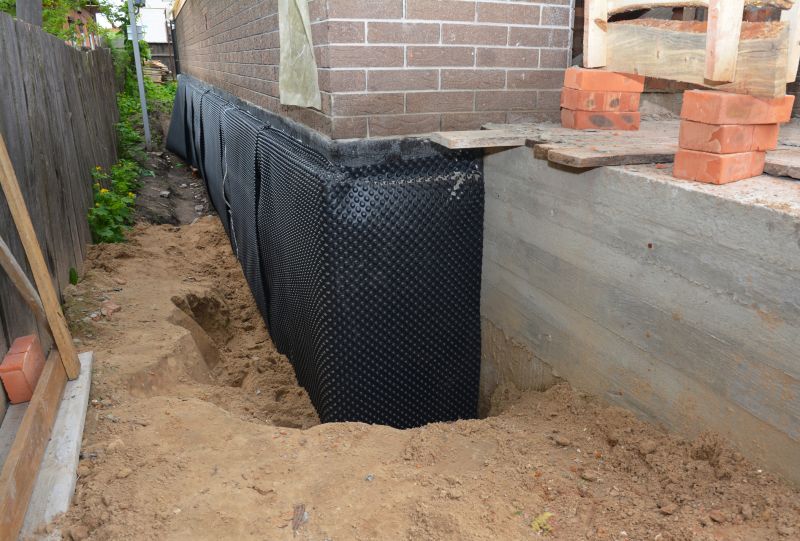
Winter is generally not ideal due to freezing temperatures and increased moisture, which can compromise waterproofing effectiveness.
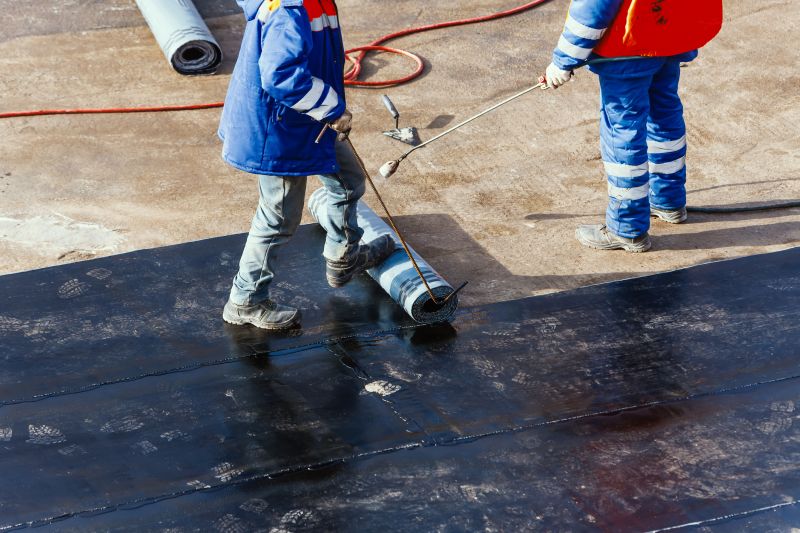
The best time for waterproofing is during dry, mild weather with temperatures between 50-85°F (10-29°C).
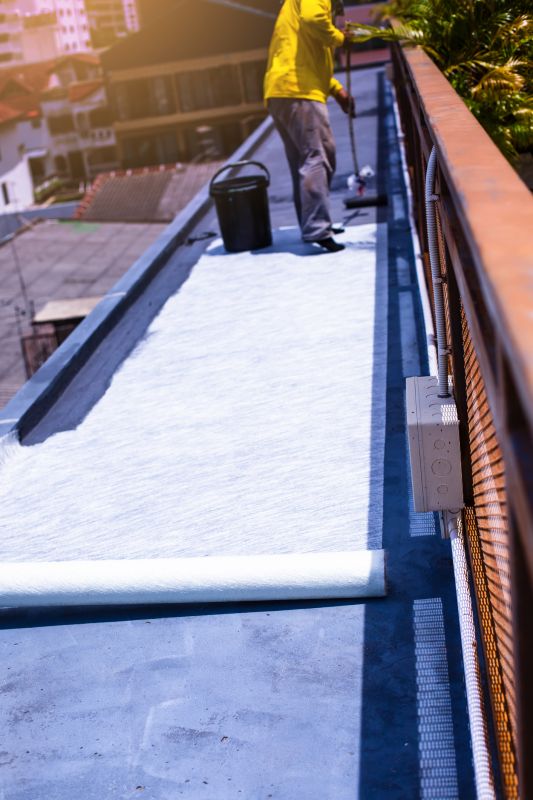
Rain or snow can delay waterproofing projects and affect adhesion, making clear weather essential.
Waterproofings are essential for protecting structures from water intrusion, which can cause damage, mold growth, and structural deterioration. Proper waterproofing extends the lifespan of buildings and reduces maintenance costs. It involves applying specialized membranes, coatings, or sealants to surfaces vulnerable to moisture penetration. Effective waterproofing depends on correct timing, surface preparation, and material selection to ensure durability and performance.
Statistics indicate that water-related damages account for a significant portion of property repairs annually. Proper waterproofing can prevent up to 80% of water infiltration issues, saving costs and preserving structural integrity over time. Different environments and building types require tailored waterproofing strategies to address specific moisture challenges effectively.
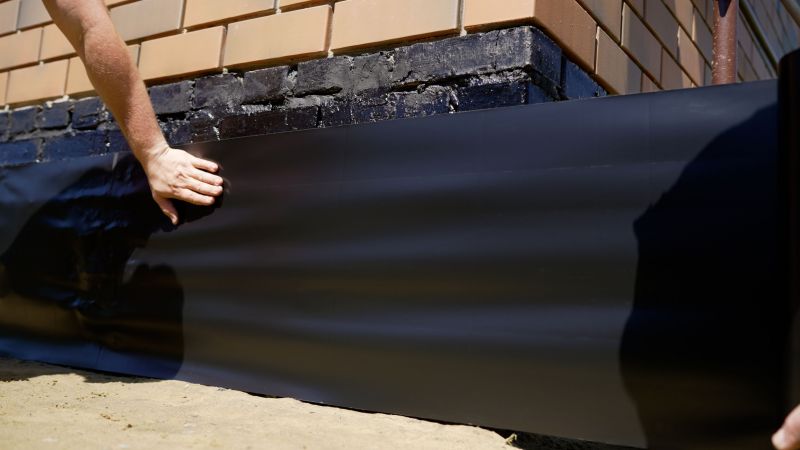
Applying waterproofing membranes on foundations and roofs.
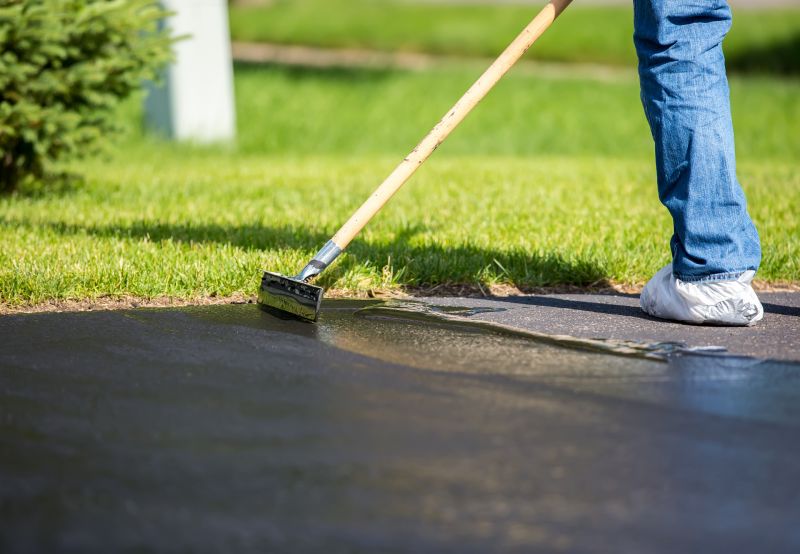
Sealing joints and cracks to prevent water entry.
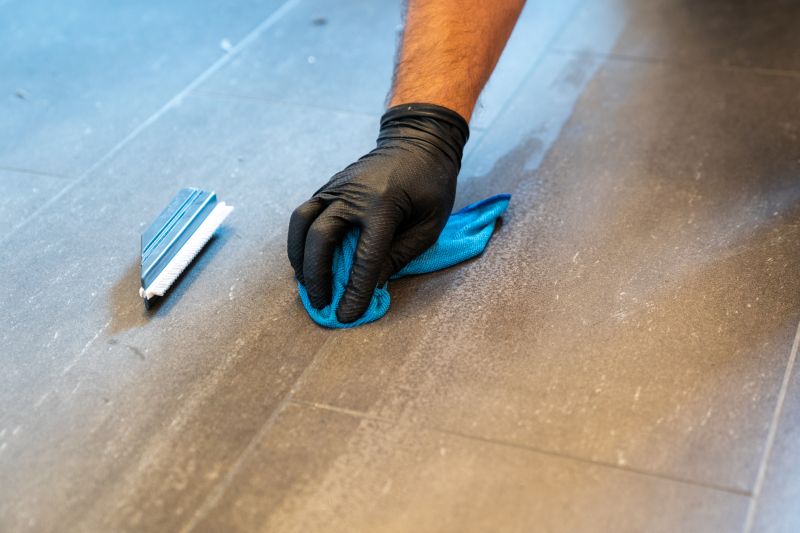
Cleaning and priming surfaces before waterproofing.
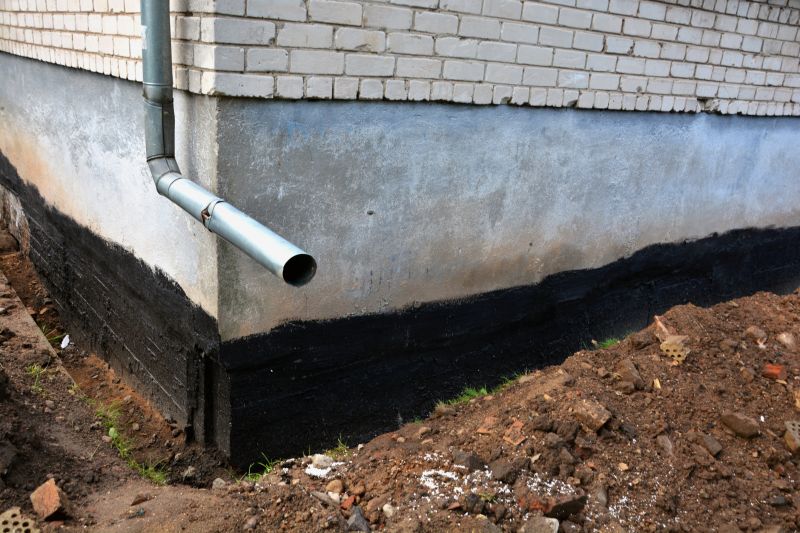
Installing drainage to direct water away from structures.

Using high-quality membranes and coatings.
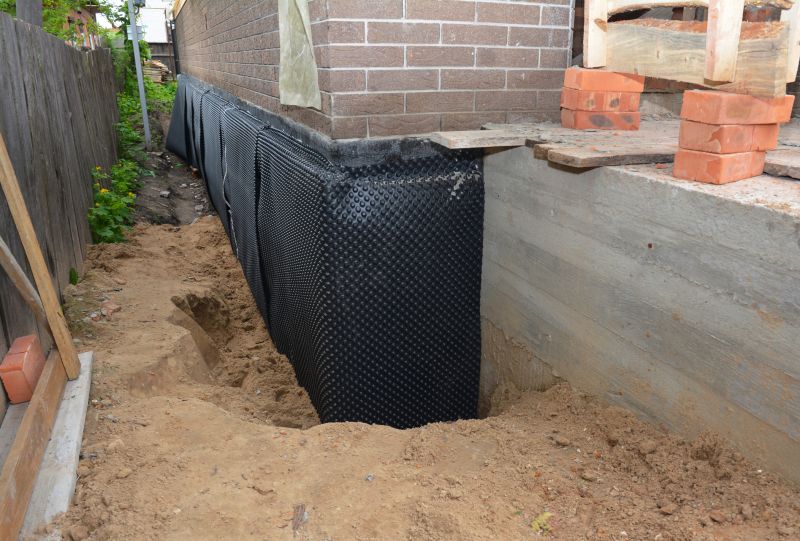
Regular checks to ensure waterproofing integrity.
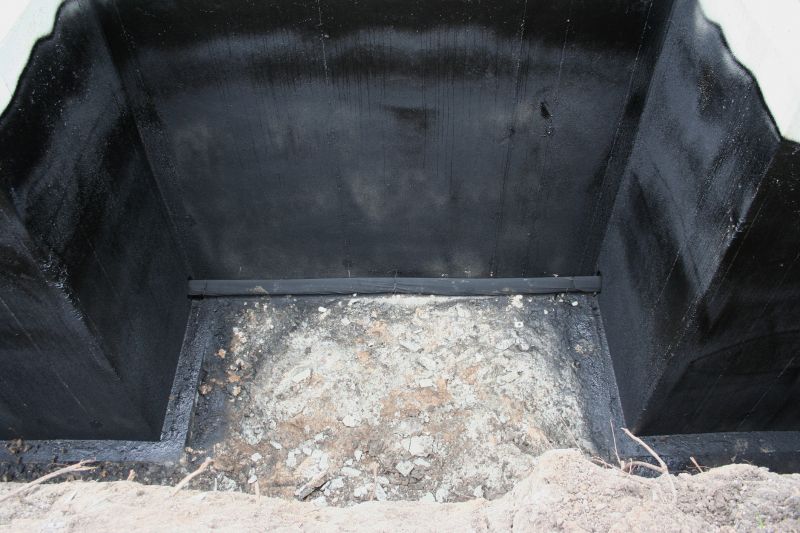
Protecting below-grade structures from water intrusion.
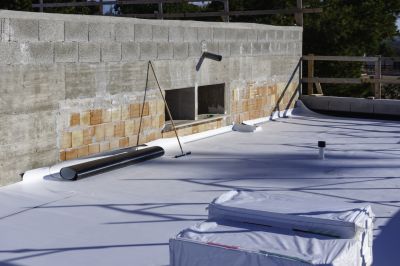
Ensuring roofs are sealed against leaks.
| Season | Ideal Conditions |
|---|---|
| Spring | Moderate temperatures, dry weather |
| Summer | Long daylight, watch humidity levels |
| Fall | Cooler temperatures, low humidity |
| Winter | Not recommended due to cold and moisture |
| Optimal | Dry, mild weather between 50-85°F |
Ways to make Waterproofings work in tight or awkward layouts.
Popular materials for Waterproofings and why they hold up over time.
Simple add-ons that improve Waterproofings without blowing the budget.




